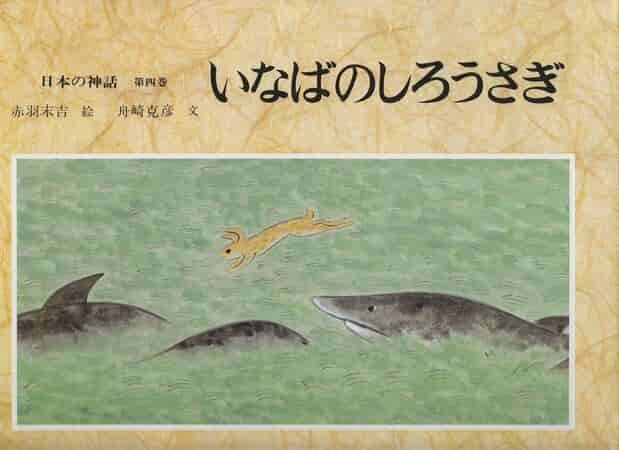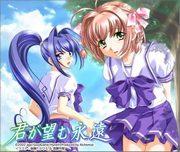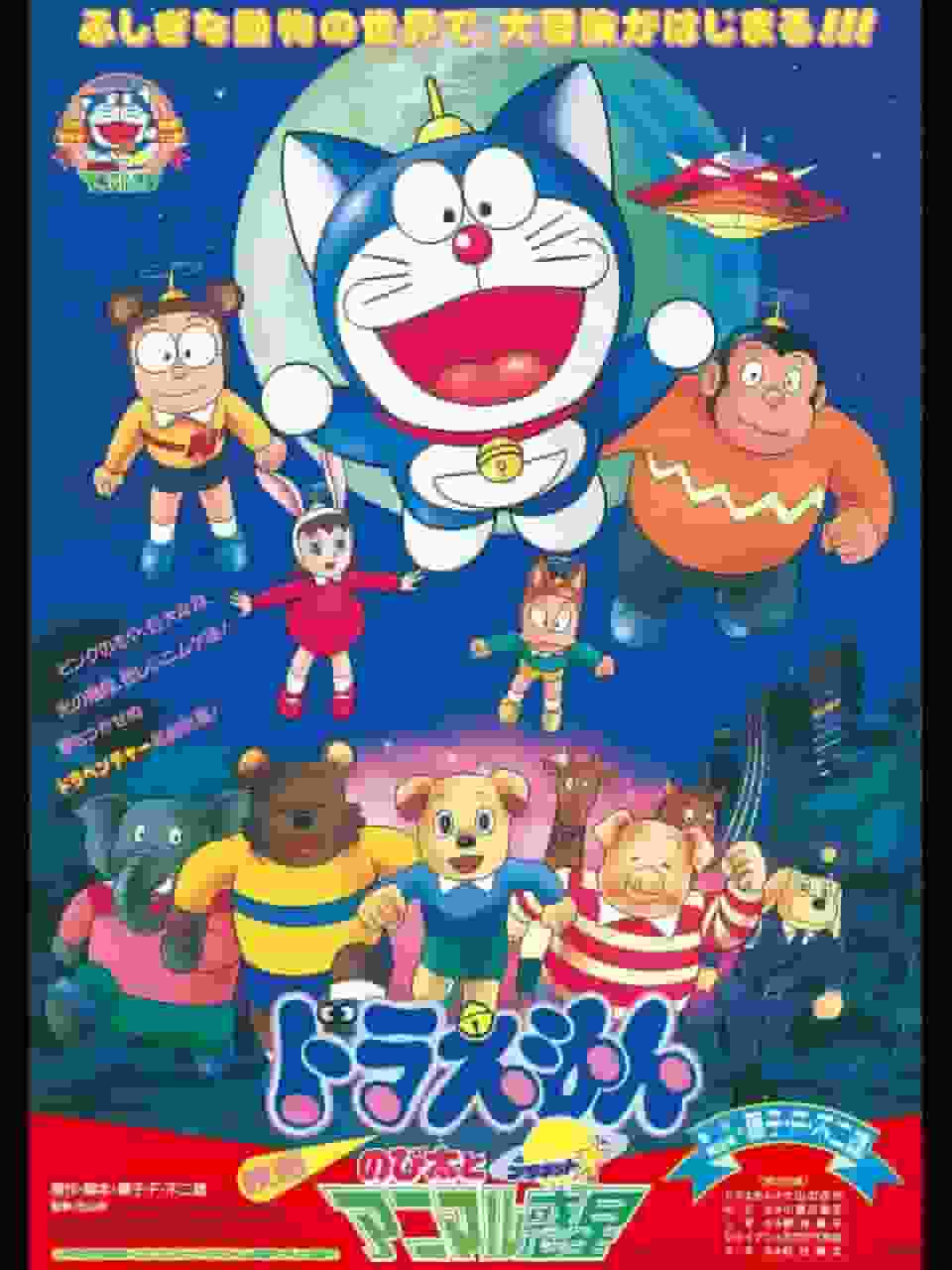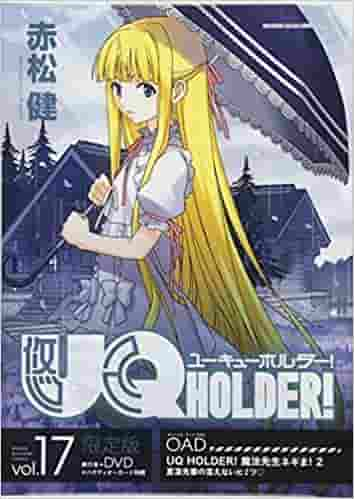Kojiki Story: A thorough analysis of the moving story of Okuninushi-no-Mikoto and the Inaba rabbit

The Tale of the Kojiki: Okuninushi no Mikoto and the Inaba Rabbit - The Charm of Shadow Pictures and the Reenactment of the Myth■ Public Mediatheater ■ Original MediaTraditional literature ■ Release dateJuly 1957 ■Frequencies11 mins ■ Number of EpisodesEpisode 1 ■ DirectorNobuo Ofuji ■ ProductionChiyogami Film Company, Shrine Headquarters (commissioned) ■Explanation A mythological shadow film. ■ Main staff・Planning/Mitsumasa Shomoto ・Script/Association of Shinto Shrines, Ashi-no-Kai, Ono Sokyo, Yoneo Okada ・Cinematography/Nobuo Ofuji ・Art/Yoshimi Nakajima ・Music/Kozaburo Hirai, Kyoyukai Chorus, Heiyo Usuda ・Cast/Fuji Theatre Company History and background of shadow puppet moviesShadow puppet movies are an art form that has been popular in Japan since ancient times, and their origins can be traced back to the Edo period. Shadow puppets depicting myths and legends in particular have been loved by people as entertainment that combines visual beauty and narrative. "The Tale of the Kojiki: Okuninushi no Mikoto and the Rabbit of Inaba," released in 1957, is a work that took on the tradition of shadow puppet movies while also taking on a new challenge: recreating myths. Overview of the work"The Tale of the Kojiki: Okuninushi no Mikoto and the Rabbit of Inaba" is a short 11-minute shadow puppet film that was released in theaters in July 1957. It was directed by Ofuji Nobuo and produced jointly by Chiyogami Eigasha and the Association of Shinto Shrines. This work recreates the myth "Okuninushi no Mikoto and the Rabbit of Inaba" from the Kojiki in the form of shadow puppets, allowing you to visually enjoy the world of myth. story"Okuninushi and the Rabbit of Inaba" is one of the Izumo Kuni no Miyatsuko myths, and tells the story of how Okuninushi outwits the 80 gods with the help of a rabbit. The story begins with a scene in which Okuninushi encounters a rabbit during his travels, suffering from the loss of its skin. Okuninushi saves the rabbit, and in return receives important advice from the rabbit. Using that advice, Okuninushi outwits the 80 gods and ultimately rules the land of Izumo. This story is known as a myth that teaches the importance of wisdom and courage. The technique and beauty of shadow art"The Tale of the Kojiki: Okuninushi no Mikoto and the Rabbit of Inaba" recreates the mythology using the traditional technique of shadow art. Shadow art is an art form that expresses movement and expression by skillfully manipulating light and shadow. In this work, the beautiful shadow art of Nakajima Yoshimi, who was in charge of art, realistically depicts the world of mythology. In particular, the expression of pain on the rabbit's face and the brave figure of Okuninushi no Mikoto convey the delicacy and strength that only shadow art can provide. Furthermore, the skills of Ofuji Noburo, who was in charge of photography, have been devised to make the movements of the shadow art look smooth and natural. Music and SoundThe music was composed by Hirai Kozaburo, Kyoyukai Chorus, and Usuda Aohiro, and plays an important role in enlivening the world of mythology. In particular, the beautiful singing voices of the Kyoyukai Chorus convey the deep emotion of the story and bring out the beauty of the shadow puppets. Usuda Aohiro's music also has the effect of making the world of mythology feel even more realistic. Sound effects are also used skillfully, with sounds such as the pained voice of the rabbit and the footsteps of Okuninushi no Mikoto being appropriately placed according to the progression of the story. Screenplay and directionThe script was written jointly by the Association of Shinto Shrines, Ashigusa-no-Kai, Ono Sokyo, and Okada Yoneo, and while faithfully recreating the content of the myth, it also devised ways to bring out the appeal of the film as a shadow puppet. In particular, the scene in which the rabbit gives advice and the scene in which the film faces off against the Yatogami are areas where the ingenuity of the script shines. In terms of direction, director Ofuji Nobuo has put in a lot of effort to make the most of the shadow puppet movements, making the story unfold smoothly and easy to watch. Actors and performancesThe Fuji Theater Company's cast provides superb voice acting that matches the movements of the shadow puppets. In particular, the voice actor playing Okuninushi no Mikoto brings out the charm of the character with a performance that combines bravery and kindness. Additionally, the voice actor playing the rabbit realistically expresses the pain and gratitude of the character, deeply conveying the emotion of the story. The Fuji Theater Company's acting skills are an important element that further enhances the appeal of the shadow puppet film. Evaluation and influence of the work"The Tale of the Kojiki: Okuninushi no Mikoto and the Rabbit of Inaba" has been highly praised as a shadow puppet film, and is known as a successful new attempt at recreating mythology. In particular, the fusion of the beauty of the shadow puppets and music moved audiences both visually and aurally, and was highly praised by many audience members. This work also contributes to the dissemination and education of mythology, and plays an important role in conveying Japan's traditional culture to children. It also helped to expand the possibilities of shadow puppet films, influencing the creation of shadow puppet films in later generations. Recommendations and how to watch"The Tale of the Kojiki: Okuninushi no Mikoto and the Rabbit of Inaba" is a work that allows you to enjoy the beauty of shadow puppetry and the charm of mythology, so we highly recommend that you watch it at least once. It is a must-see, especially for those who are interested in traditional Japanese culture and mythology. It is also enjoyable for children, so it is a good choice for watching with the whole family. It can be viewed on DVD or through online distribution services. Please take a look at this wonderful shadow puppet film. Related Works and ReferencesOther works related to "The Tale of the Kojiki: Okuninushi no Mikoto and the Rabbit of Inaba" include shadow puppet films such as "Urashima Taro" and "Momotaro." These works also allow you to enjoy the beauty of shadow puppets and traditional Japanese stories. References include "History of Japanese Animation Films" and "Kojiki." By reading these books, you can gain a deeper understanding of the background of shadow puppet films and myths. Conclusion"The Tale of the Kojiki: Okuninushi no Mikoto and the Rabbit of Inaba" is a wonderful work that combines the beauty of shadow puppetry with the charm of mythology. This work, which brings together the skills and passion of director Ofuji Nobuo and his staff, is visually and audibly moving and has been loved by many audiences. This work is recommended not only for those who are interested in traditional Japanese culture and mythology, but also for those who want to enjoy it with the family. Please watch this shadow puppet film and feel its charm. |
>>: A thorough explanation of the appeal of "Who is the culprit?" and the joy of solving mysteries!
Recommend
The appeal and evaluation of "Katteni Shirokuma": A unique world view and depth of characters
"Katteni Shirokuma": A hidden gem of an...
The appeal and reviews of "Droron Enma-kun Meera Meramera": An anime experience not to be missed
"Dororon Enma-kun Meera Meramera": The ...
The original house of the classic horror film "The Conjuring" was sold at a high price. The new owner continues to study the supernatural
The classic horror film "The Conjuring"...
Star Wars C-3PO head sells for $800,000 at auction
At auction, a C-3PO head used in 1977's "...
NBA star: Bruce Lee is my buddy, Quentin doesn't respect him
Recently, Quentin Tarantino's portrayal of Br...
The appeal and evaluation of "Hamidashi Creative": A deep look into original works
Hamidashi Creative: New possibilities for short a...
Will Smith reveals the progress of "I Am Legend 2". Are you looking forward to it?
It was previously reported that "I Am Legend...
"Victory Pitcher" Review: A thorough analysis of the appeal and excitement of baseball anime
Winning pitcher - Shouri Touche overview "Vi...
The Tanabata special video of the movie "I'm the Big Brother" starring Hashimoto Kanna will be released on July 17
A special video of the comedy film "I'm ...
Warner CinemaCon releases new footage of Batman, receives praise from all sides
Recently, Warner Bros. released new footage from ...
The appeal and evaluation of POWER DoLLS Omni Senki 2540: The pinnacle of tactical simulation
"POWER DoLLS Omni Senki 2540": A fusion...
Rurouni Kenshin celebrates its 25th anniversary with the first commemorative exhibition unveiled
The popular manga "Rurouni Kenshin" bas...
New character poster of the Chinese animation "I Love Singing: Melody Reboot": Dong Dong appears
Previously, the official Weibo account of Crazy S...
A present for Santa Claus: A thorough analysis of the emotion and appeal of Minna no Uta
Presents for Santa Claus - Everyone's Song Ma...
New stills of DC's new film "Aquaman" reveal Aquaman Arthur's desperate fight with his brother Orm
Recently, the new stills of DC's new film &qu...









